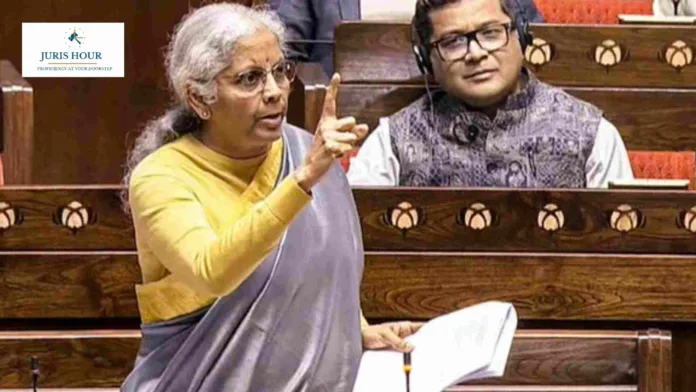Union Finance and Corporate Affairs Minister Nirmala Sitharaman tabled the Insolvency and Bankruptcy Code (Amendment) Bill, 2025 in the Lok Sabha, signalling a major reform push to India’s insolvency regime. The Bill has been referred to a select committee, which will present its report on the first day of the Winter Session of Parliament.
The amendments are described as the most comprehensive overhaul of the IBC since its enactment in 2016. According to the Statement of Objects and Reasons, they aim to “reduce delays, maximise value for all stakeholders, and improve governance of all processes under the Code,” while also aligning India’s framework with global best practices.
A key provision is the introduction of the Creditor-Initiated Insolvency Resolution Process (CIIRP) under Section 54A. This will allow financial creditors to start insolvency proceedings outside court in genuine business failure cases, enabling faster and less costly resolutions. To initiate the process, a creditor must obtain the consent of other financial creditors representing at least 55% of the debtor’s total debt. The creditor must also give the debtor a minimum 30-day notice to make any representation. The CIIRP is to be completed within 150 days, with a possible 45-day extension, and will involve minimal interference from the Adjudicating Authority.
Another significant reform is the Group Insolvency framework, which will allow the Centre to prescribe rules for insolvency proceedings against two or more corporate debtors belonging to the same group. This could include appointing a common Bench, coordinating Committees of Creditors, appointing a common insolvency professional, and forming a joint creditors’ committee to prevent fragmented proceedings and maximise recovery value.
The Bill also lays the groundwork for Cross-Border Insolvency, establishing mechanisms for cooperation between domestic and foreign insolvency proceedings. This will help safeguard stakeholder interests across jurisdictions, encourage foreign investment, and improve recognition of Indian insolvency resolutions abroad.
The IBC, enacted in 2016, was intended to resolve insolvency and bankruptcy cases in a time-bound manner to maximise the value of assets. It has been amended six times so far. The current reform package has been under consultation for more than three years, taking into account implementation challenges and evolving international practices.
Once enacted, the reforms are expected to streamline timelines, enhance ease of doing business, improve creditor recoveries, reduce tribunal caseloads, and attract global investors. By introducing creditor-led processes, group coordination mechanisms, and cross-border recognition, the government aims to make India’s insolvency system more robust and globally competitive.
Read More: Google Chrome Sale? Perplexity AI Makes $34.5B Offer
Mariya is the Senior Editor at Juris Hour. She has 5+ years of experience on covering tax litigation stories from the Supreme Court, High Courts and various tribunals including CESTAT, ITAT, NCLAT, NCLT, etc. Mariya graduated from MLSU Law College, Udaipur (Raj.) with B.A.LL.B. and also holds an LL.M. She started as a freelance tax reporter in the leading online legal news companies like LiveLaw & Taxscan.



